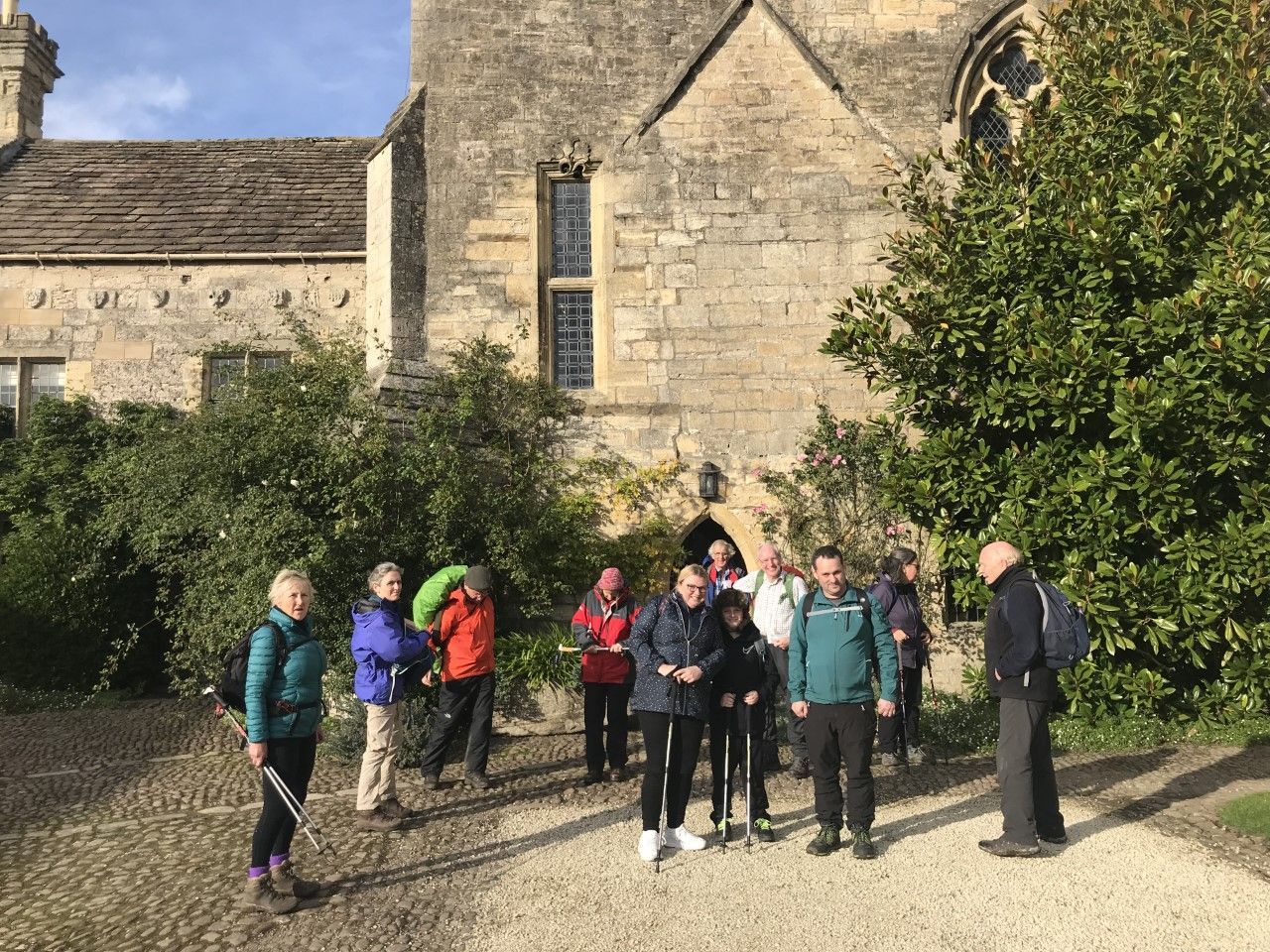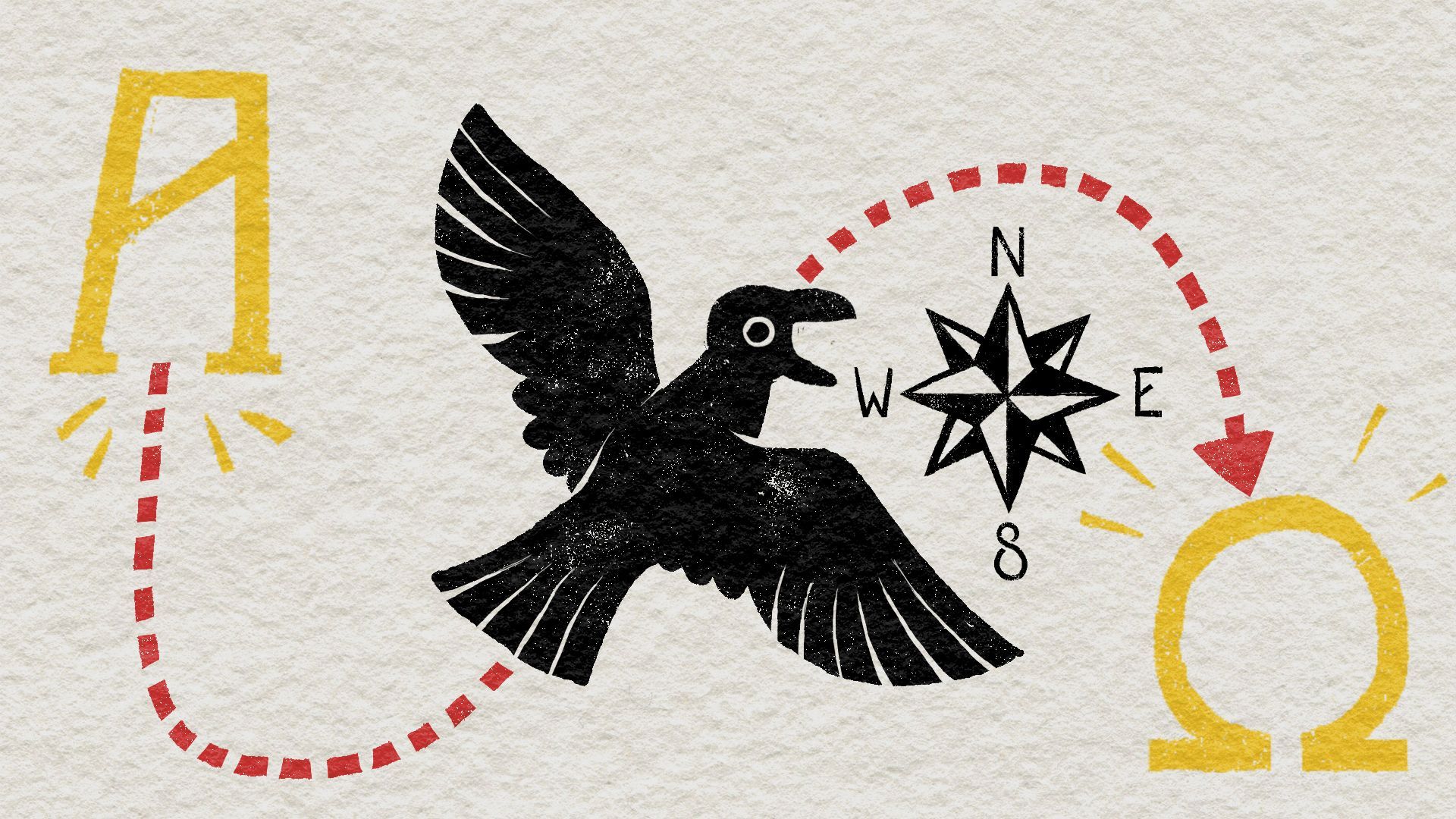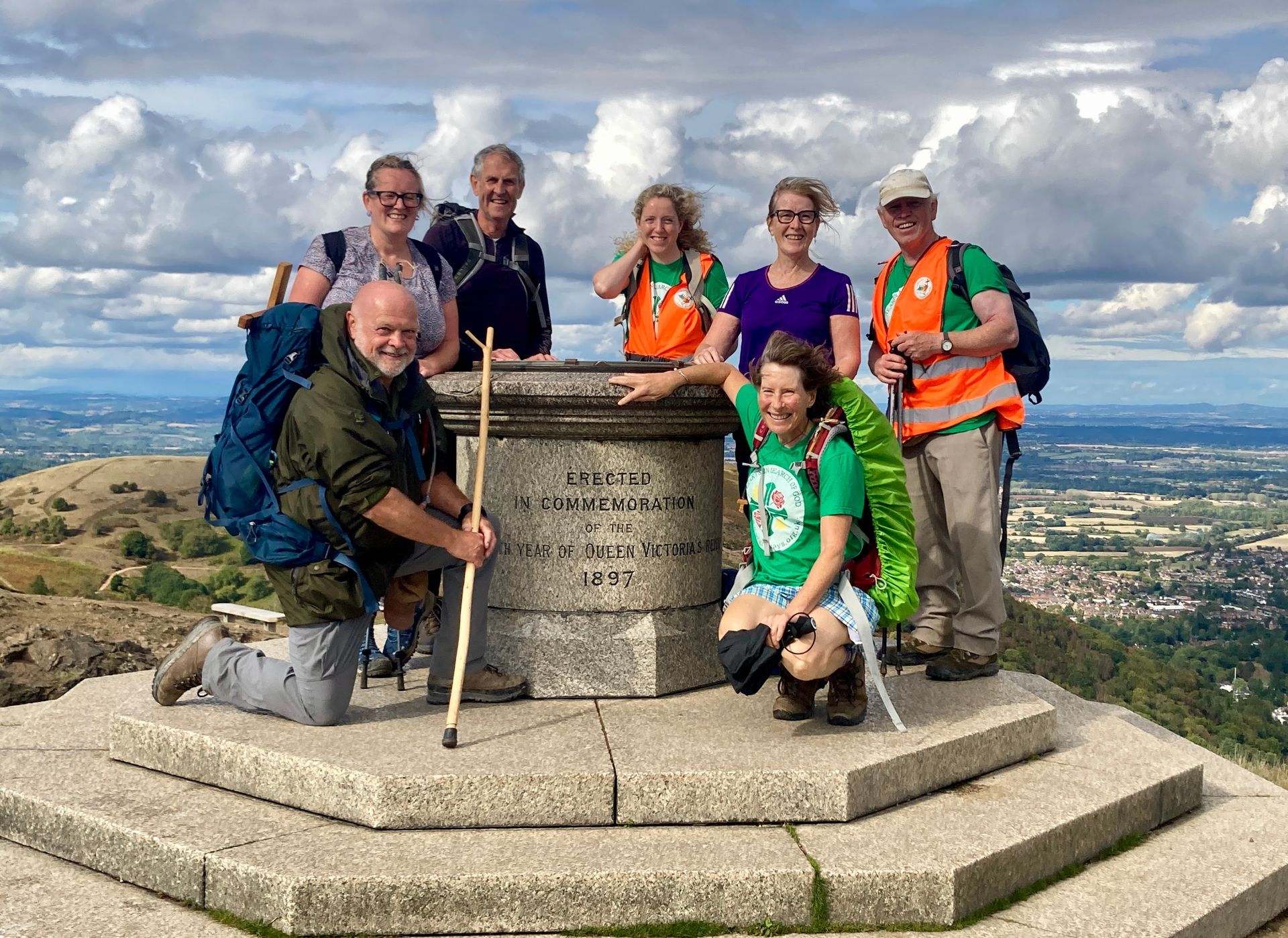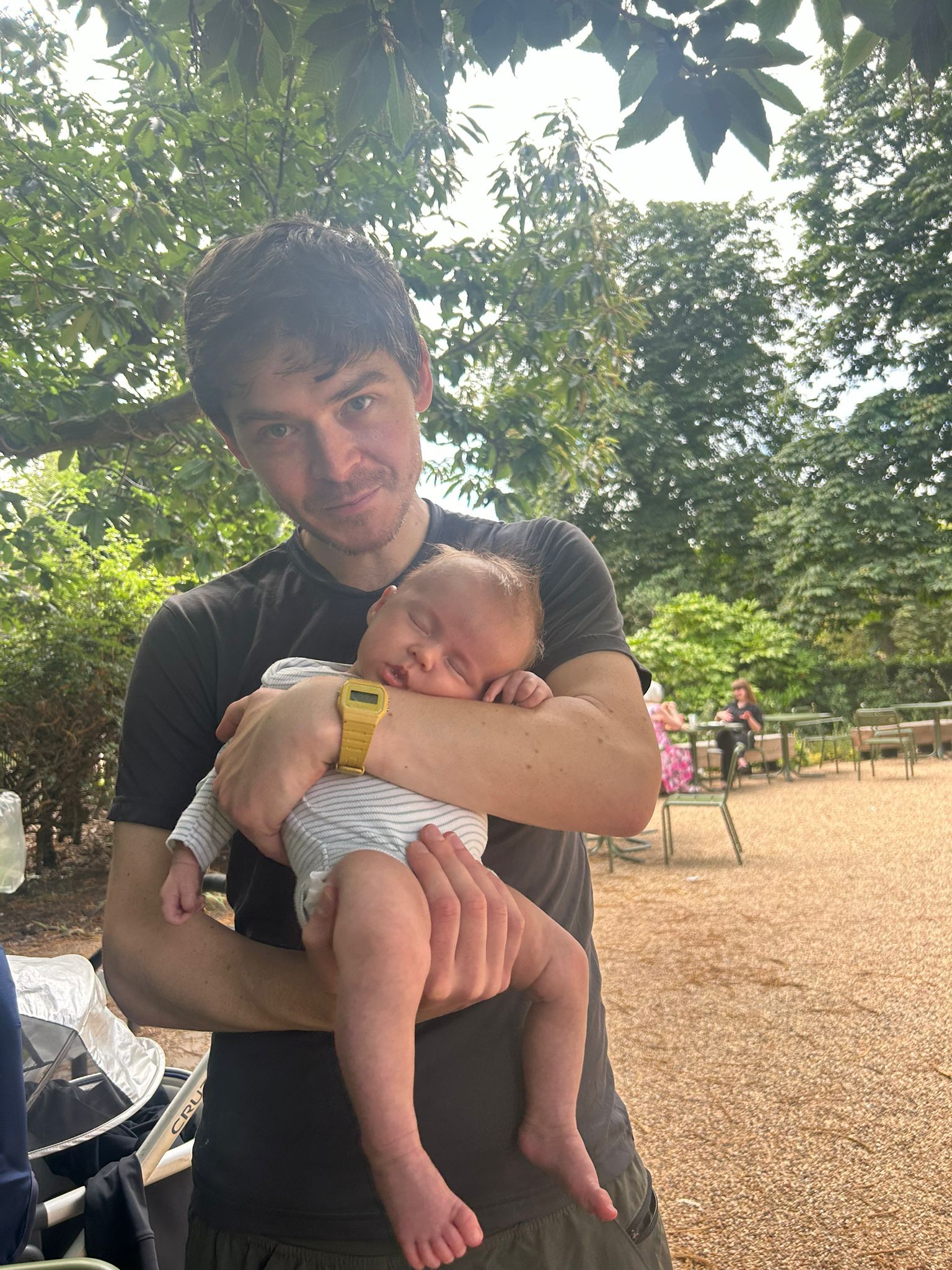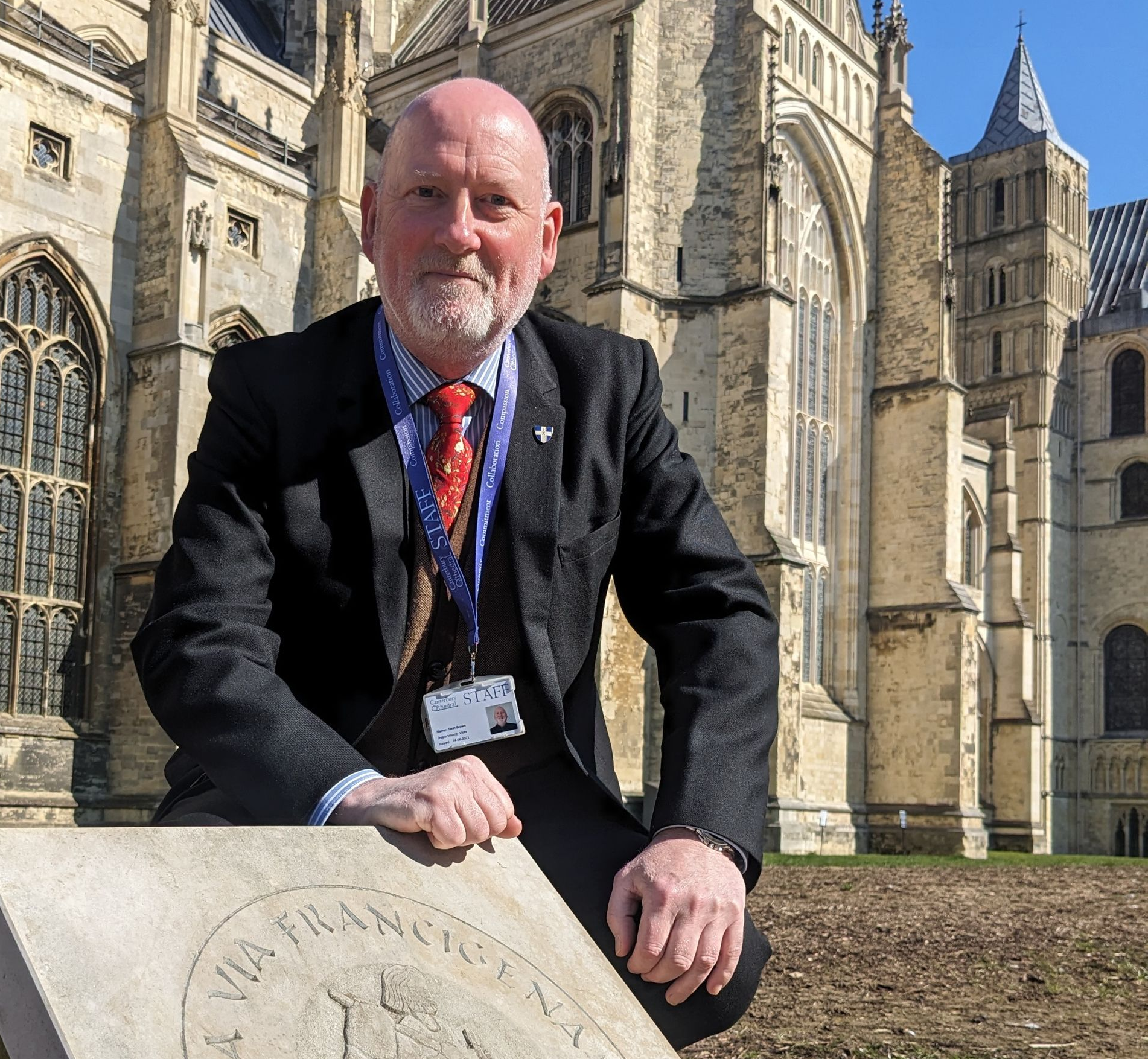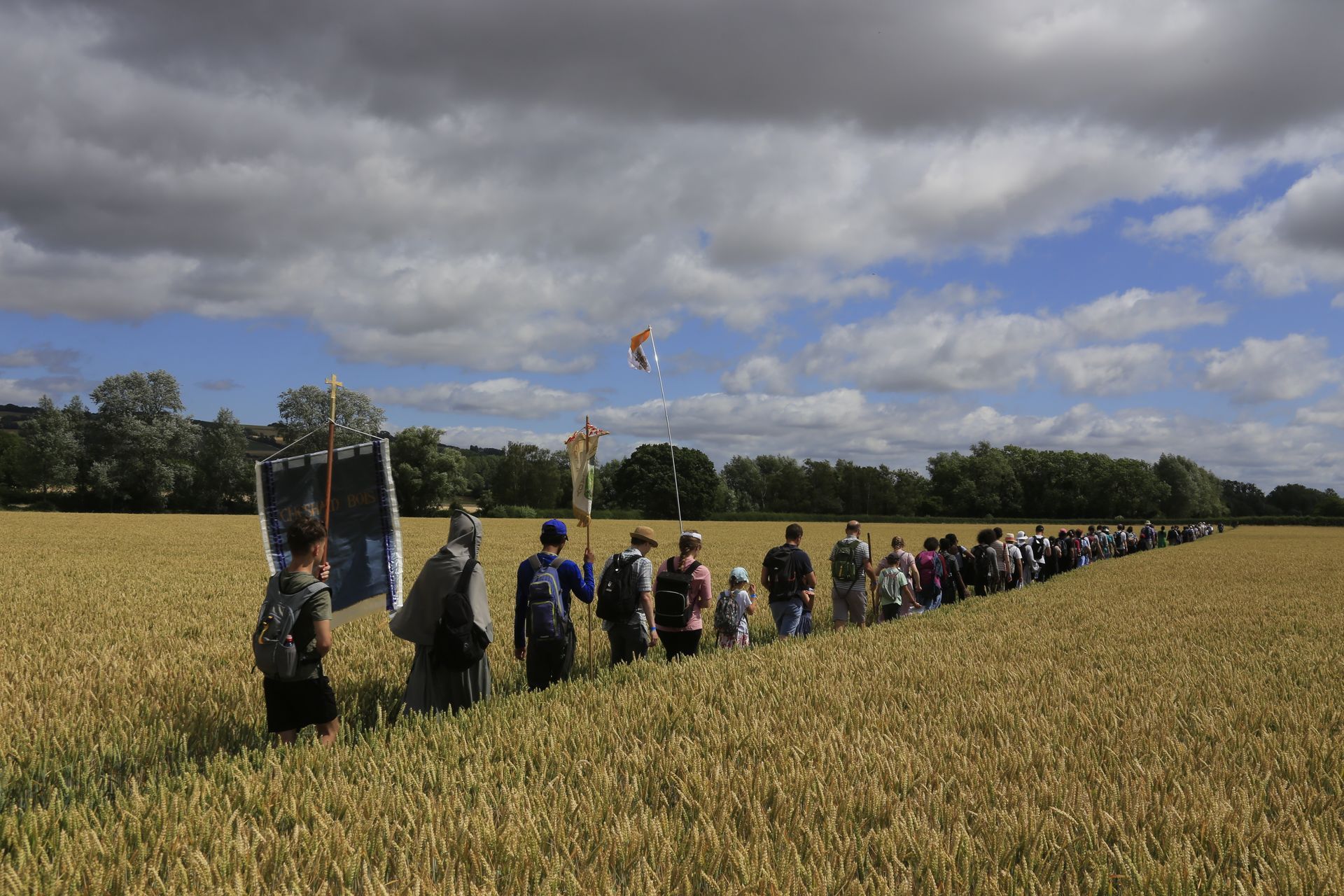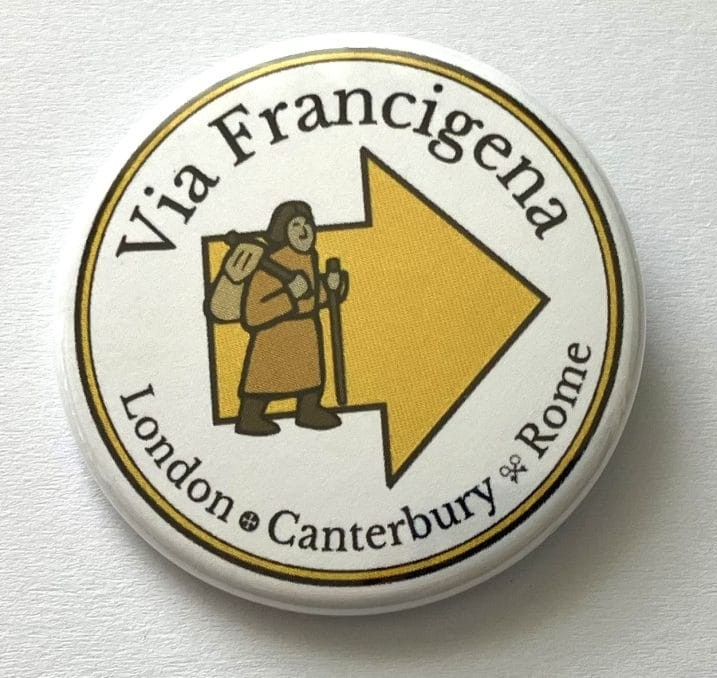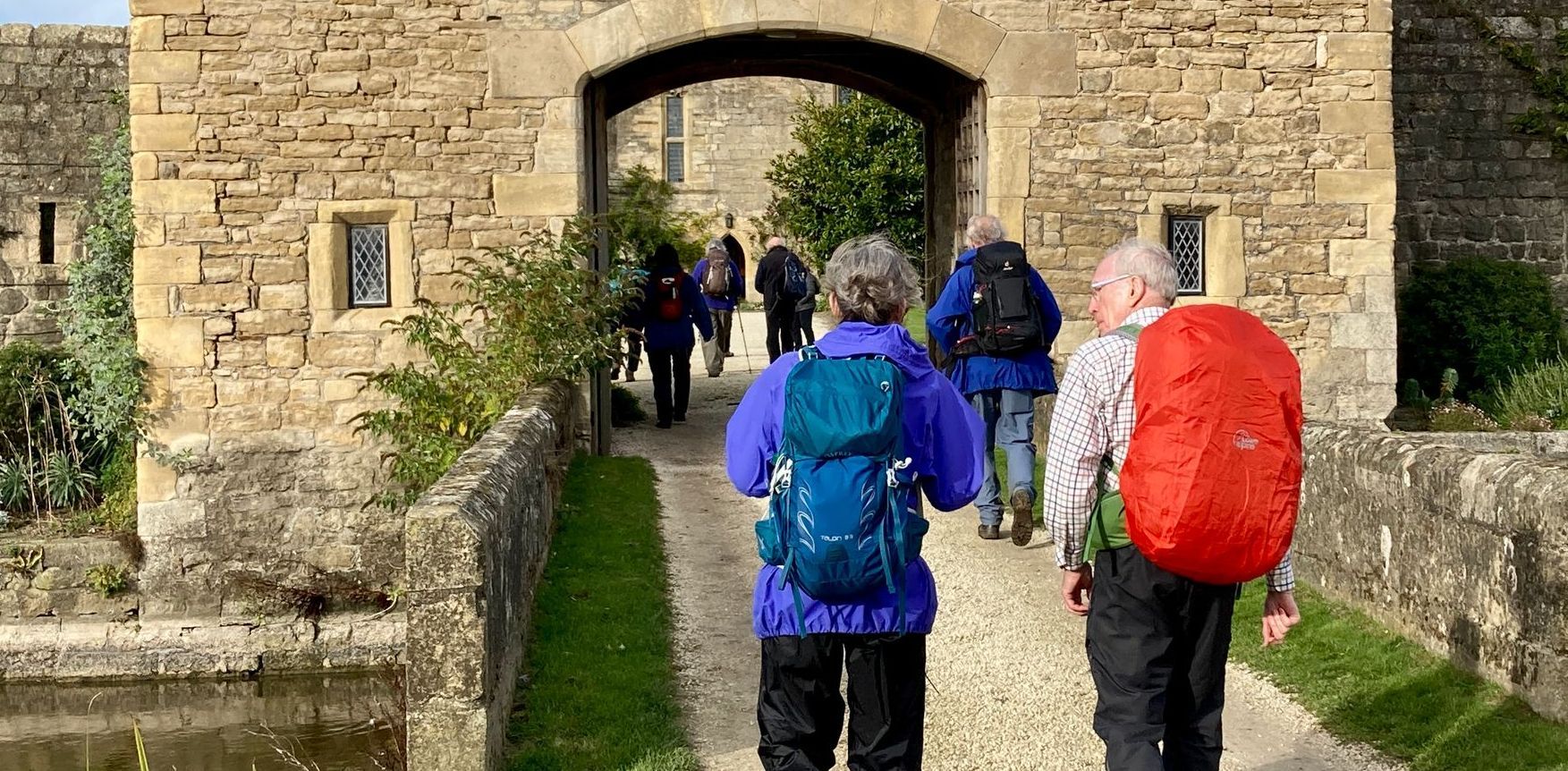The Leeds Pilgrim Way is Ready to Walk!
The St Wilfrid's Way
The St Wilfrid’s Way was established in 2016 by Stephen Habron and has been walked by a Diocesan group every year since on the weekend closest to the feast of St Wilfrid. It follows old paths, public bridleways and footpaths, transformed railway lines, riverside walks, and green spaces in urban areas. It is relatively flat.
St Wilfrid became Bishop of Ripon in 658 and the Cathedral was founded in 672. As a young man he travelled to Rome and became an important advocate for the Roman tradition at the Synod of Whitby. He founded monasteries, built churches and improved the liturgy. The Ripon Cathedral Crypt is the only part of St. Wilfrid’s original Saxon church to have survived intact. This makes it one of England’s oldest Church buildings still in use. St Wilfrid was enshrined in Ripon in 710.
Resources for the inner and outer journeys as well as walking guidance and the GPX file are available from the Leeds page of this website.
